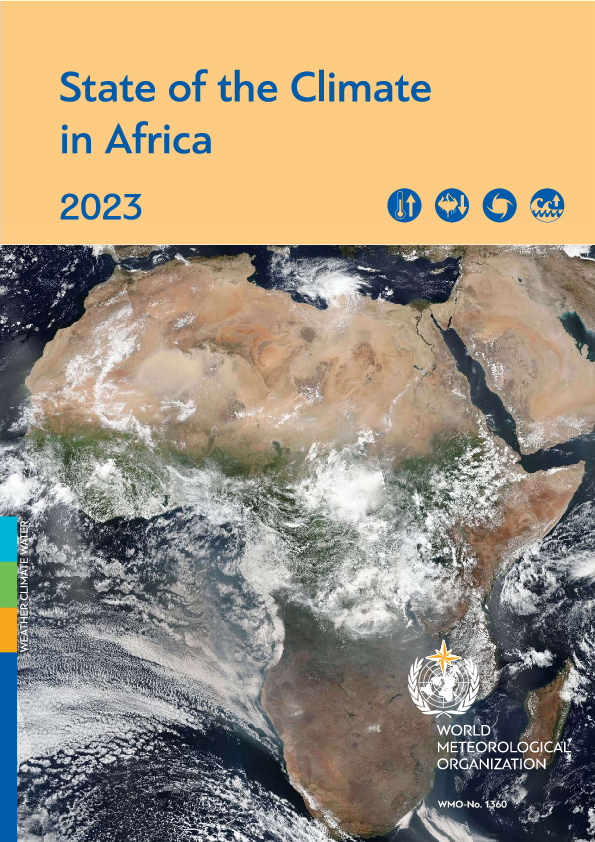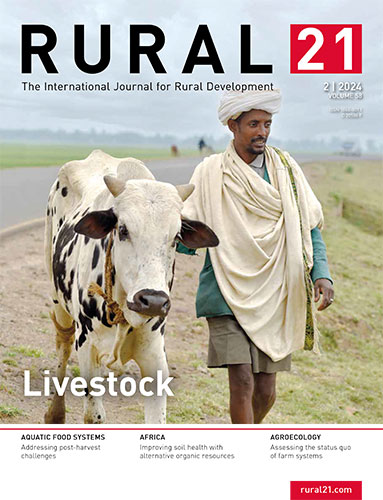 Read this article in French
Read this article in French- Share this article
- Subscribe to our newsletter
State of the Climate in Africa 2023
On average, African countries are losing 2-5 per cent of Gross Domestic Product (GDP), and many are diverting up to 9 per cent of their budgets, responding to climate extremes, according to the State of the Climate in Africa 2023 report published by the World Meteorological Organization (WMO). In sub-Saharan Africa, the cost of adaptation is estimated to be between USD 30-50 billion annually over the next decade, or 2-3 per cent of the region's Gross Domestic Product.
By 2030, it is estimated that up to 118 million extremely poor people will be exposed to drought, floods and extreme heat in Africa, if adequate response measures are not taken. This will place additional burdens on poverty alleviation efforts and significantly hamper growth, according to figures cited in the report.
African countries need to prioritise increased investment in National Meteorological and Hydrological Services and accelerate implementation of the Early Warnings For All initiative to save lives and livelihoods. This will help mitigate risks, build adaptive capacity, boost resilience at local, national, and regional levels, and guide sustainable development strategies, says the report.
It focuses on climate change indicators and impacts in 2023 – the world’s hottest year on record to date. It supplements the WMO State of the Global Climate report and is one of a series of WMO regional reports which provide the observational basis to help drive action and support decision-making.
Africa warming faster than global average
In Africa, 2023 was in the top three warmest years in the 124-year record, depending on the dataset used. The mean temperature was 0.61° C higher than the 1991-2020 average and 1.23° C above the 1961-1990 long-term baseline.
The African continent has been warming at a slightly faster rate than the global average, at about +0.3 °C per decade between 1991 and 2023. The warming has been most rapid in North Africa, around +0.4 °C per decade between 1991 and 2023, compared to +0.2 °C/decade between 1961 and 1990. Southern Africa experienced the lowest warming trend compared to the other sub-regions, around +0.2 °C/decade between 1991 and 2023.
Climate-related impacts to agriculture and food security
Climate extremes including floods and droughts had a major impact on food security. North Africa’s cereal production in 2023 was about 10 per cent below the five‑year average estimated at 33 million tons in 2023, similar to the previous year’s already drought‑stricken harvest. Tunisia was worst hit.
Erratic rainfall and the general situation of insecurity kept cereal production at below-average levels in northern parts of the sub-region, including Sudan, South Sudan, the Karamoja region in Uganda, Eritrea, Ethiopia, and central and western Kenya. In Sudan, seasonal rains were below average and temporally erratic, with prolonged dry spells. The production of sorghum and millet was forecast to decrease by about 25 per cent and 50 per cent, respectively, compared to 2022.
(WMO/ile)
Read more and download the report on the WMO website




Add a comment
Be the First to Comment